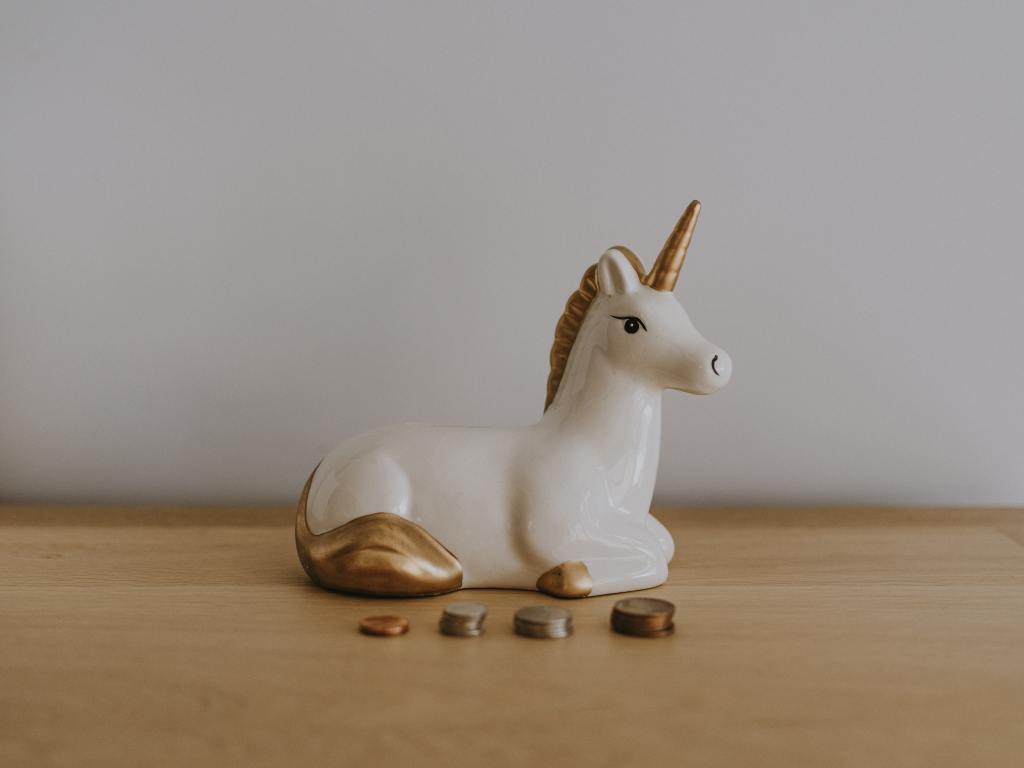What are Total Distribution Points?
Total distribution points (TDP) is a measurement that tells you the relative health of your brand or product. Using TDP lets you craft a winning product assortment strategy and avoid investing in weak products. You can find it by calculating the number of retailers your products are in (breadth) and the number of products you’re selling in those stores (depth). Looking at one or the other metric is valuable, but it doesn’t paint a complete picture. TDP is particularly valuable for CPG products that sell in many retailers like grocery products or other FMCG goods.
How to calculate TDP
To understand total distribution points, you have to know about all commodity volume (ACV) percentages. Your brand’s TDP is simply adding the %ACV for all of your items sold. Here is a brief primer on how to determine a product’s %ACV.
First, you have to know the total sales for each retailer. To keep things simple, let’s assume that there are three stores in our example market.
Next, you have to know whether a product scans in each store (meaning it’s in stock and on the shelves).
Store A sells $50 Million annually, store B sells $70M, and store C sells $80M. Let’s say that your product is not sold in store A.
Ideally, you want to calculate the weighted %ACV to know how well a specific product is being distributed. For example, an unweighted calculation would show that your product is in 67 percent of the market (2/3). However, a weighted distribution will look like this:
(Store B + Store C)/(All Three Stores)
We add stores B and C because your product is sold in both of them. In this case, the calculation would be:
(70 + 80)/(50 + 70 + 80) = 75 percent ACV
A weighted %ACV illustrates that your product is doing pretty well in distribution. By comparison, if your product was in stores A and B but not C, the %ACV would be 57.9.
As we mentioned, your brand’s TDP result from adding all the %ACV for each product. The maximum TDP you could have would be 100 percent distribution for each product. So, if you sold five products, your max TDP would be 500. That said, don’t assume that a lower number means you’re doing poorly. It simply illustrates how much growth you can expect in a given market.
Key takeaways for CPG brands
There are several ways that your TDP can help your business. Let’s break three of them down.
01
Volume vs. Brand Distribution
Since TDP calculates %ACV for each item, the number drops if retailers remove your items from their shelves. So, your brand’s ACV may be unchanged, but your total volume is reduced accordingly.
Knowing which items are most vulnerable to being delisted is key, and tracking your ACV and TDP can make all the difference.
02
Gaining Space on Shelves
Retailers only have so much shelf space, so they can’t always stock all your products, particularly if there are other competitors. TDP can tell you whether you’re gaining more space on the shelves or if the product category is expanding. In cases of expansion, you want to capitalize on the new real estate as much as possible. If the TDP remains stable, you can look for ways to edge out the competition and get their shelf space so that you can move more volume.
03
Fair Share of Distribution
Ideally, all brands would have equal opportunity to sell in a store, but that’s not always the case. TDP can help you figure out whether your brand is being fairly represented. All you have to do is figure out your TDP percentage (your TDP compared to other brands) and divide it by the volume percentage within a store.
Overall, your TDP percentage should be higher than your volume percentage. If not, you don’t even need to calculate your share since you know it’s not at least 100.

Make Finding Your TDP Easy
You shouldn’t have to do all these calculations by hand. The more products you sell, the more onerous a task. That’s why you should be investing in a retail data analytics platform.
Luckily, with Byzzer, powered by NielsenIQ, you can have all the data you need at your fingertips including TDP. Byzzer provides breakdowns of product and category attributes in easy-to-digest reports. Best of all, we’ll show you how to leverage this information for your action plan.



